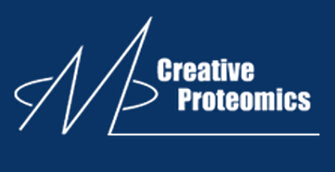Description & Specifications
|
Membrane proteins such as receptors and ion channels are key regulators of cellular function. Membrane proteins account for up to two thirds of known drugable target, highlighting their critical pharmaceutical importance. The G protein-coupled receptors (GPCRs) are the largest, most versatile group of membrane receptors and also the most pharmaceutically important, accounting for over 50% of all human drug targets and acting as therapeutic targets for a wide range of disease conditions including cancer, cardiovascular, metabolic, CNS and inflammatory diseases. Ion channels represent another group of important membrane protein drug targets and account for the activity of 10% of the currently marketed drugs. Despite their importance, membrane receptors are notoriously difficult to prepare in pure, correctly-folded form in sufficient quantity for drug discovery purposes. Our membrane protein service offering includes: Purification from cytoplasm, periplasm, or cell culture supernatants. Depending on the expression host or expression vector used, proteins need to be purified from the cytoplasm, the (bacterial) periplasm, or cell culture supernatants, and we have established optimized protocols for each of these applications. Buffer and detergent screening for solubilization and purification. For soluble and membrane proteins, the optimal buffer conditions for stability are determined using differential scanning fluorimetry (DSF). If applicable, established activity assays can be performed to correlate stability and activity status. In the case of membrane or membrane-attached proteins, detergents are required to extract the proteins from bacterial or eukaryotic membrane. Detergents are optimized for protein stability during extraction and purification steps. If proteins are expressed as inclusion bodied, resolubilization and refolding is done, including a screen for the optimal detergent and buffer conditions. Affinity purification using His, Rho1D4, GST, or strep tags. Purification of proteins fused to tags like His, GST, or Strep tags is performed using our high-quality affinity purification matrices. For membrane proteins, we recommend to use the Rho1D4 system. Purification using other tags is available upon request. Purification conditions are optimized in small scale, and upscaling can be done up to mg amounts, depending on the protein of interest. If necessary, buffer and detergent optimization is included in the service package to deliver proteins of optimal stability and activity. Thorough documentation of all steps is provided, including SDS-PAGE and Western Blot data. Further purification steps for crystallization-ready, homogeneous protein fractions. To obtain highly pure, homogeneous protein fractions suitable for e.g. protein crystallization experiments or functional binding assays, a second or third purification step can be performed, using, for example, anion or cation exchange chromatography or gel filtration. Purification conditions are optimized in small scale, and upscaling can be done up to mg amounts depending on the protein of interest. If necessary, buffer and detergent optimization is included in the service package to deliver proteins of optimal stability and activity. Thorough documentation of all steps is provided, including SDS-PAGE and Western Blot data. |

